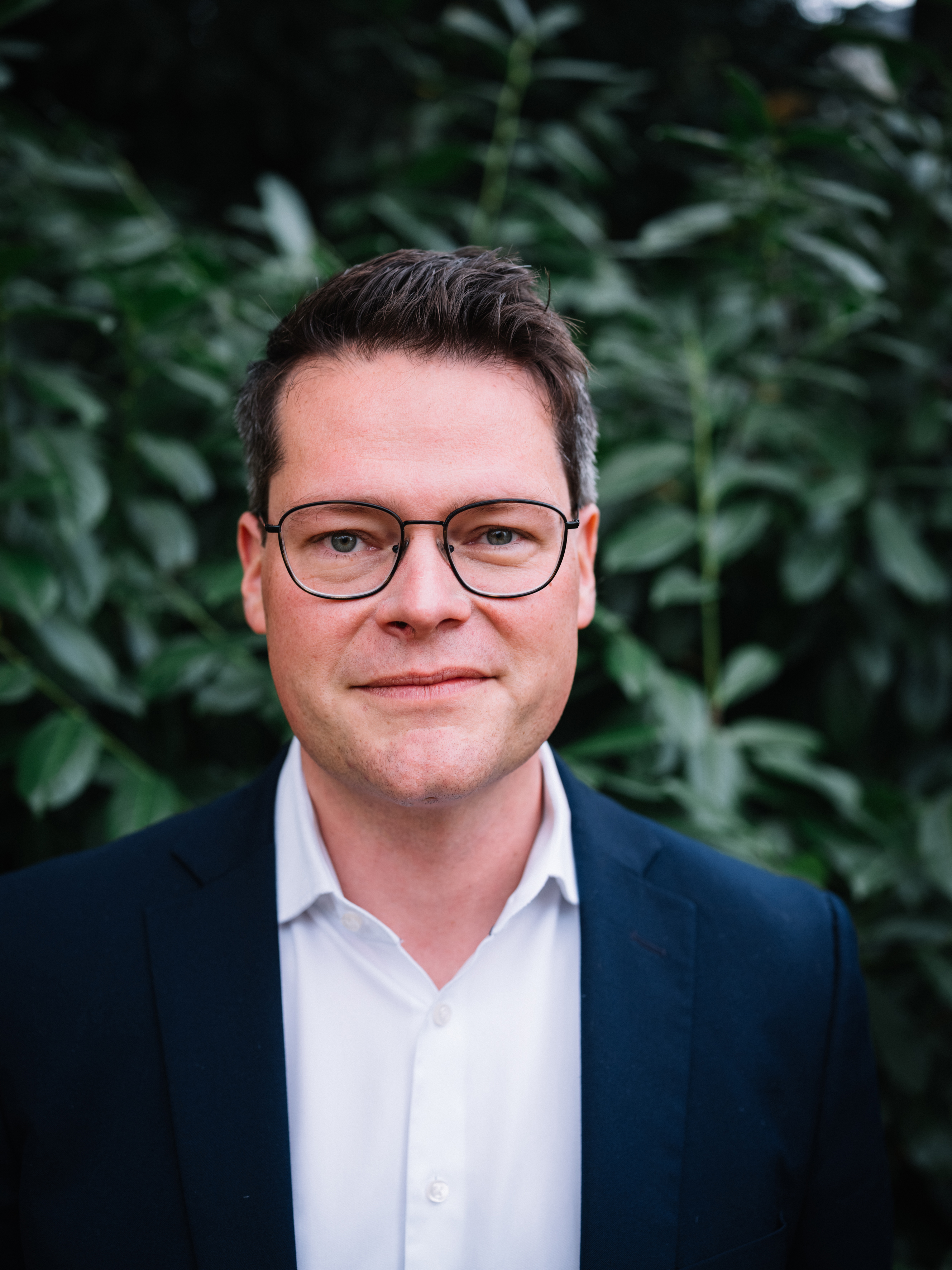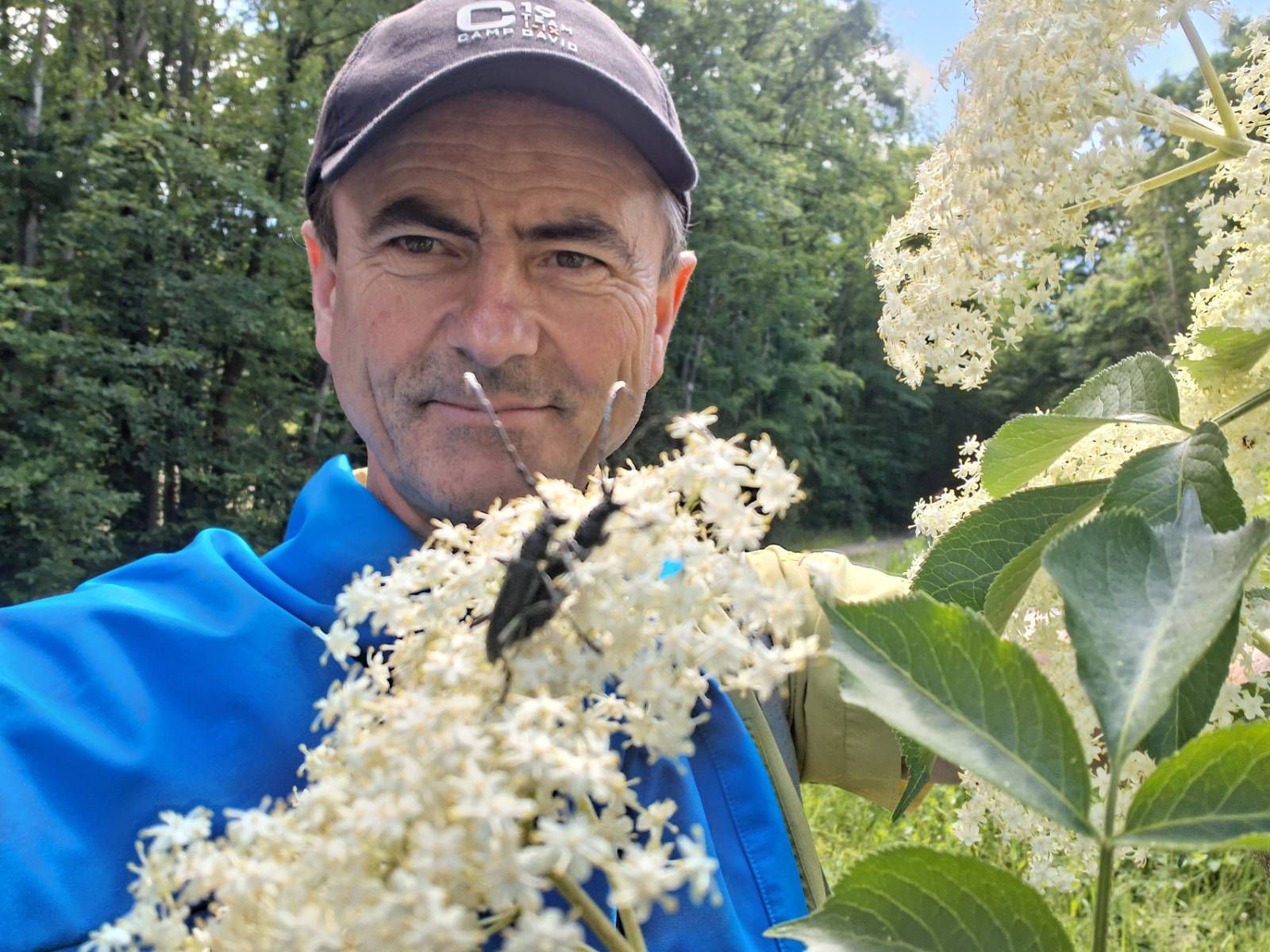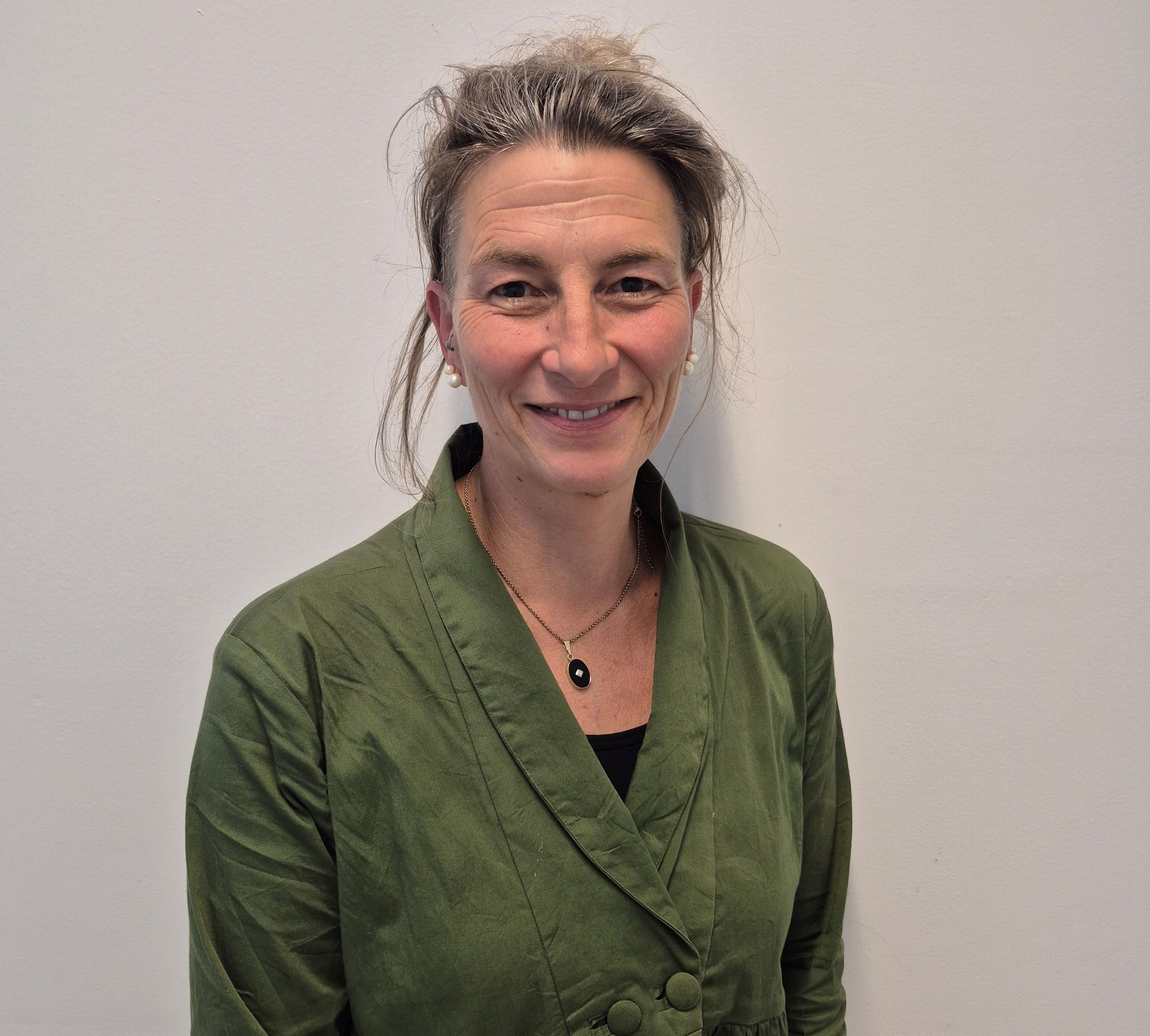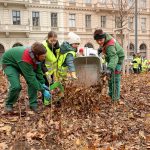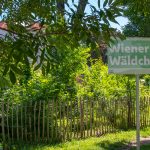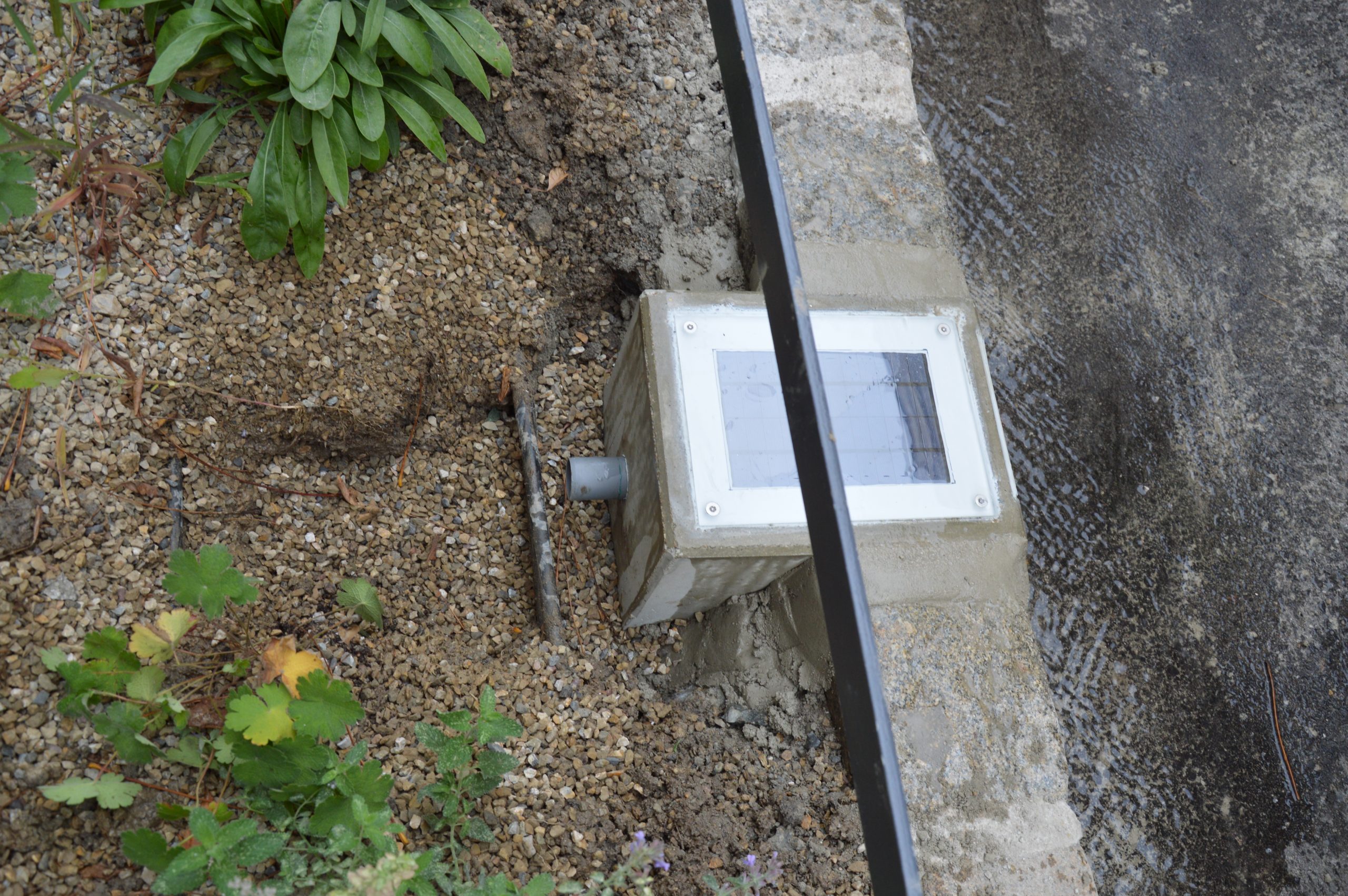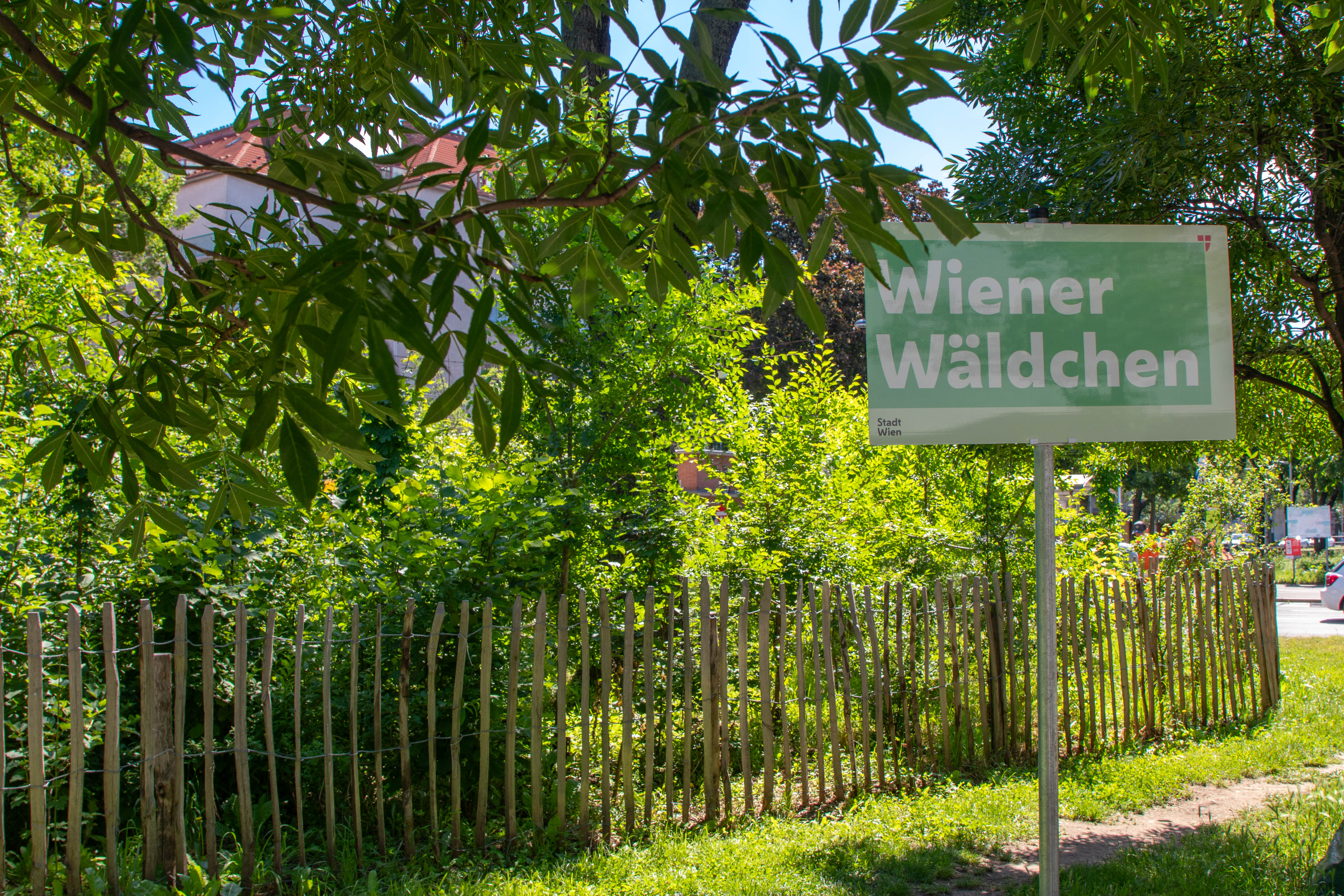 © Sabine Pointner
© Sabine PointnerVienna’s Wiener Wäldchen initiative introduces dense, fast-growing mini-forests to mitigate urban heat, improve air quality, and enhance green spaces citywide.
A NEW FORM OF URBAN GREENERY
As Vienna is projected to be among the European cities most affected by the climate crisis, additional measures are needed to mitigate the negative effects of urban heat islands. Street trees in large cities are particularly vulnerable to typical urban stressors such as particulate matter, soil compaction, heat, and drought. In response, a new form of urban greenery—known as the Wiener Wäldchen—has been introduced and implemented at 14 locations across the city.
VIENNA'S MINI-FORESTS
A Wiener Wäldchen is a dense, biodiverse, and fast-growing mini-forest based on the principles of the Miyawaki Method. Approximately 15 different native tree and shrub species are planted closely together (about 2–3 plants per m²) on areas ranging from 100 to 300 m². The plants are mulched and watered only during the first few years; afterward, they require minimal maintenance. This makes the initiative highly cost-effective, with implementation costs of around €10,000 per mini-forest.
EXPANSION AND URBAN RESILIENCE
In the coming years, the project will be expanded to all 23 districts of Vienna, including inner-city areas that are particularly affected by soil sealing and summer overheating. This will help reduce the unequal distribution of green spaces across the city and strengthen urban resilience.
